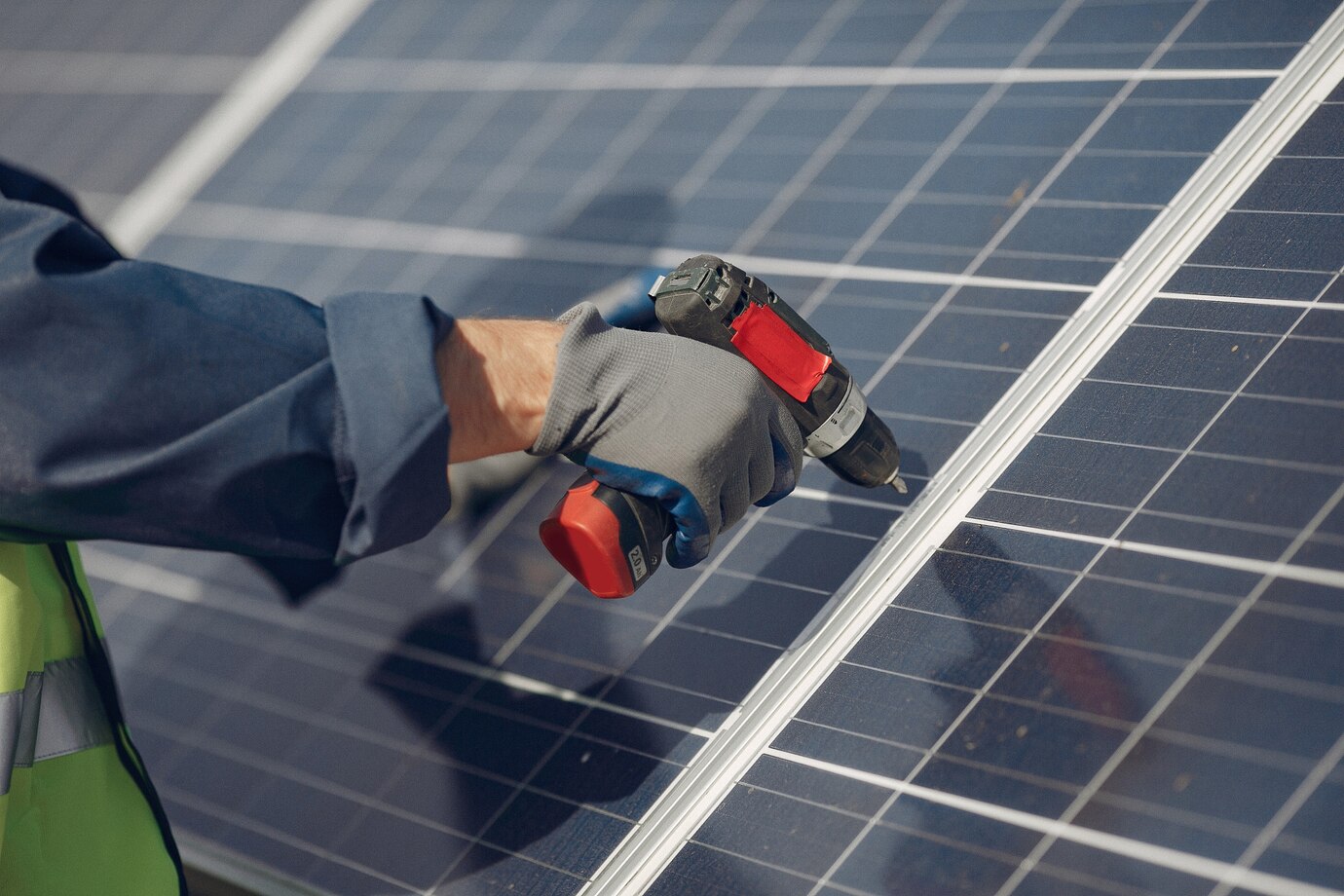Installing solar panels can be a fantastic step towards energy independence and sustainability. However, it comes with its unique set of challenges. Understanding these hurdles can help in planning a smoother installation process and ensuring a better return on investment. Whether you’re a homeowner or a business owner, knowing what to expect can ease the transition to solar power.
The first steps in solar installation involve careful site assessment and planning. It’s essential to evaluate the condition of your roof and consider factors like sunlight exposure and shading, which can impact the efficiency of solar panels. Beyond the physical aspects, navigating permits and regulations is crucial for a successful installation. Local laws might present obstacles that require time and patience to address.
Despite these challenges, the benefits of solar energy far outweigh the initial difficulties. Proper planning and understanding of the installation process can help tackle these issues head-on. By addressing potential challenges early on, you can ensure a more efficient and trouble-free solar energy system for your home or business.
Site Assessment and Suitability
Before starting a solar installation, it’s crucial to carefully assess whether the site is suitable. The first task involves evaluating the roof’s condition. An old or damaged roof might require repairs or replacement before solar panels can be safely installed. Ensuring that the roof is structurally sound helps support the weight of solar panels and minimizes future issues.
Roof orientation and angle are also key factors in determining solar suitability. South-facing roofs are generally ideal, but east or west orientations can work too, depending on sunlight exposure during different times of the day. Assessing shading is another important step. Overhanging trees, nearby buildings, or other obstacles can block sunlight, reducing the efficiency of solar panels.
Load-bearing capacity is essential when planning a solar installation. Roofs must be able to handle the added weight of solar panels without risking structural integrity. Consulting with a roofing expert can help evaluate and ensure the roof’s ability to carry the load. These steps form the foundation for a successful and efficient solar panel installation, setting the stage for harnessing solar power effectively.
Permitting and Regulations
Understanding and navigating the permitting process is a critical step in solar installation. Local zoning laws and regulations can vary significantly, affecting the feasibility and timing of your project. It’s important to research and familiarize yourself with these requirements early in the planning phase to prevent unexpected roadblocks.
Obtaining the necessary permits involves several steps and can sometimes feel daunting. You may need to submit detailed plans of the proposed solar system, including specifications and installation methods. It’s essential to adhere to local building codes and standards to gain approval from relevant authorities. While the process might seem tedious, skipping these steps can lead to fines or forced removal of the system.
Delays are a common challenge during the permitting process. To avoid them, ensure all paperwork is complete and accurate before submission. Staying in constant communication with local officials can help expedite approvals and clarify any issues that arise. By tackling permits and regulations head-on, you can minimize delays and get your solar installation project moving forward efficiently.
Installation Process and Equipment Challenges
The installation process is where planning meets execution, and having the right equipment is crucial. First, selecting the right solar panel system is essential. Various types of panels are available, each with different efficiencies, costs, and installation requirements. Choosing a system that suits your energy needs and budget ensures optimal performance.
Integrating the solar system with existing roofing structures can be challenging. Installers need to carefully mount the panels to avoid damaging the roof. Proper alignment and securing methods ensure the panels stay put in all weather conditions. This step requires precision and expertise, as incorrect installation can lead to leaks or panel failure.
Ensuring proper electrical connections is another critical aspect of the installation process. The solar system must connect seamlessly with your home’s electrical grid. Proper wiring and compatible inverters help guarantee energy flows smoothly and safely. Language like “consulting an expert” becomes relevant, as these connections require specialized knowledge to avoid errors and ensure safety.
Maintenance and Long-term Considerations
After installation, maintaining the solar system is crucial for long-term success. Regular monitoring can help track the system’s performance and efficiency, alerting you to any drops in power production, which might indicate underlying issues. Many systems now come with monitoring apps that make keeping an eye on performance easier.
Routine maintenance and cleaning needs are necessary to keep the panels working at their best. Dust, leaves, and bird droppings can accumulate and block sunlight, reducing efficiency. Most of the time, simple cleaning with water and a soft brush can maintain clear panels and optimal performance.
Addressing potential degradations over time is also essential. As with any technology, solar panels can degrade, albeit slowly. Checking for physical damage and ensuring connections remain secure helps maintain their lifespan. Being proactive about such issues can ensure your investment continues to provide energy benefits for many years.
Conclusion
Navigating solar installation can be a smooth process with the right information and preparation. By understanding the potential challenges at every stage—from site assessment and permits to installation and maintenance—you can better manage expectations and outcomes. Solar energy is not just about adding panels to your roof; it’s about creating a sustainable and energy-efficient future for your home or business. Proper planning and care can lead to significant benefits, reducing energy bills and environmental impact.
For those in the Dallas – Fort Worth area ready to explore solar options, contact James Kate Roofing & Sola. Our team can guide you through the solar installation process with expertise and support to ensure a successful transition to renewable energy. Take the first step toward energy independence today by reaching out and letting us help you bring solar power to your property.

